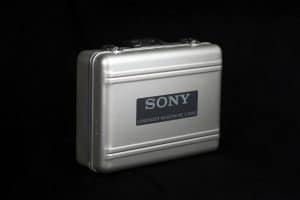In a Sydney Recording Studio, the sense of Hearing is probably the most important. If you don’t have a good ear for music you probably won’t be a good sound engineer.
Sydney Recording Studio: How hearing works
Almost all sound waves are unique contributing to the uniqueness of each sound. To understand how we hear, you first need to know that sounds are invisible vibrations that travel through the air. When someone speaks, tree leaves rustle, a telephone rings or anything else creates a ‘sound’, vibrations are sent through the air in all directions. We know them as sound waves.
Almost all sound waves are unique. That’s why each person or thing sounds different – and why one person or thing doesn’t always sound the same in the Sydney Recording Studio. Some sound waves might be high pitched or low pitched, loud or soft.
When our ears capture sound waves, they convert them into messages our brains can understand. How well they are captured – and how clearly they are sent to our brains – depends on how well our ears work.
Sydney Recording Studio: The Sections of the Ears
There are three major parts to the ear:
outer ear – catches the sound waves and directs them into the middle ear.
middle ear – the middle ear transfers sound waves in air into mechanical pressure waves that are then transferred to the fluids of the inner ear.
inner ear (cochlea) – turns pressure waves into sound signals that our brain can understand.
To hear naturally, each part needs to work properly.
Sydney Recording Studio: How natural hearing works
- Sounds enter the ear canal
Sound waves move through the ear canal and strike the eardrum. - The ear drum and bones of hearing vibrate
These sound waves cause the eardrum, and the three bones (ossicles) within the middle ear, to vibrate. - Fluid moves through the inner ear
The vibrations move through the fluid in the spiral shaped inner ear – known as the cochlea – and cause the tiny hair cells in the cochlea to move. The hair cells detect the movement and change it into the chemical signals for the hearing nerve. - Hearing nerves communicate to the brain
The hearing nerve then sends the information to the brain with electrical impulses, where they are interpreted as sound.
https://www.youtube.com/watch?v=MXt_gX2Srgo




